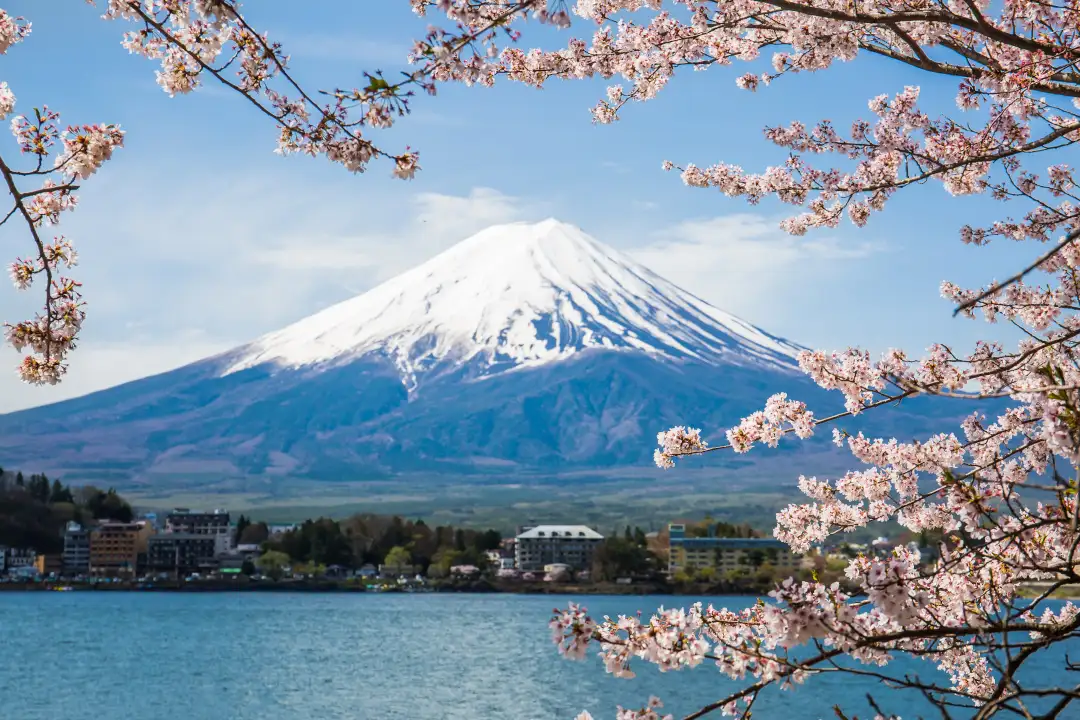wherearewegoing.net – Incahuasi, a complex volcanic massif in the Andes mountain range, rises to an impressive 6,621 meters (21,722 feet). Located in the Argentine province of Catamarca, this formidable peak is a challenge for even the most experienced mountaineers.
A Remote and Rugged Beauty
Incahuasi is situated in a remote and arid region of the Andes, far from major population centers. This isolation contributes to its pristine beauty and challenging conditions. The mountain’s steep slopes, high altitude, and harsh climate make it a formidable adversary for even the most experienced climbers.
A Technical Climb
The ascent to Incahuasi is a technical climb, requiring experience in glacier travel, crevasse rescue, and high-altitude mountaineering. The most common route to the summit involves ascending a series of steep slopes and glaciers, often in challenging weather conditions.
A Unique Ecosystem
The arid environment of the Andes, where Incahuasi is located, limits the diversity of life on the mountain. However, some hardy species, such as vicuñas and Andean condors, can be found in the lower elevations.
A Cultural Icon
Incahuasi, like many other Andean peaks, holds cultural significance for the indigenous communities that inhabit the region. The Inca people revered mountains as sacred sites, and many Andean peaks, including Incahuasi, are still considered to be spiritually significant.
Incahuasi is a testament to the power and beauty of the Andes. Its remote location, challenging terrain, and stunning scenery make it a truly unique and unforgettable destination. For those who are drawn to the adventure of high-altitude climbing, Incahuasi offers a challenging and rewarding experience.

